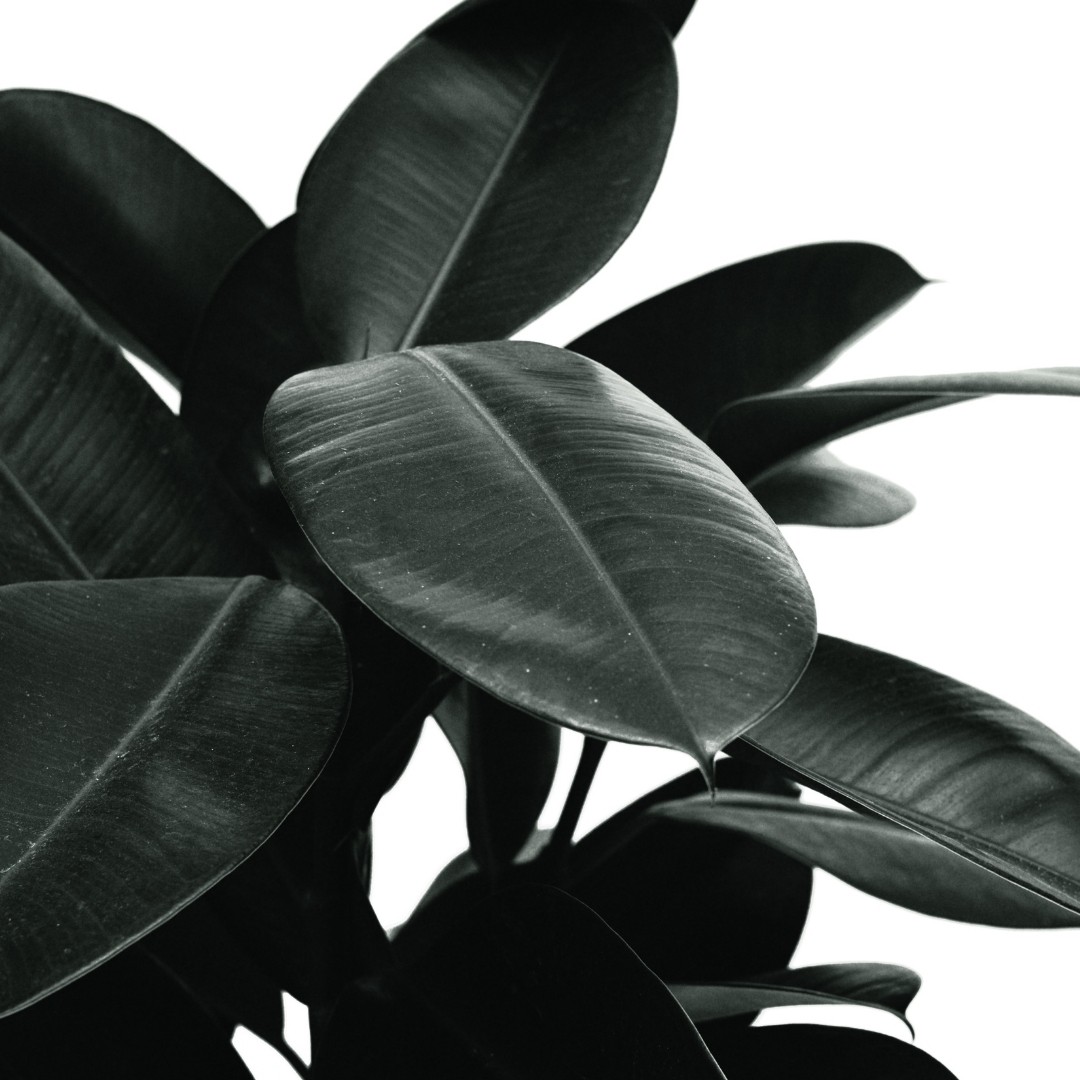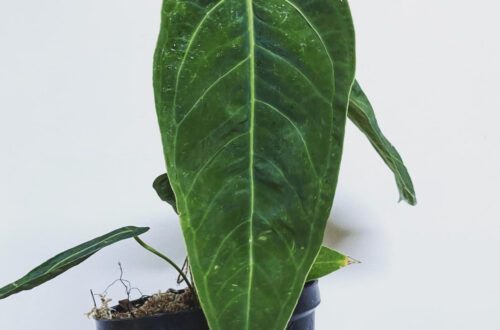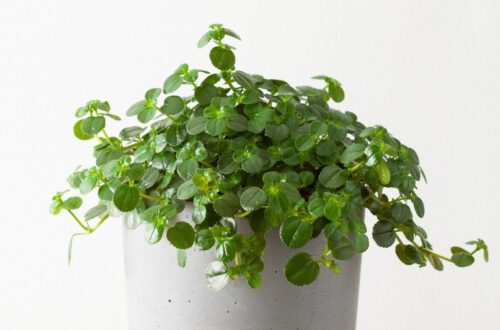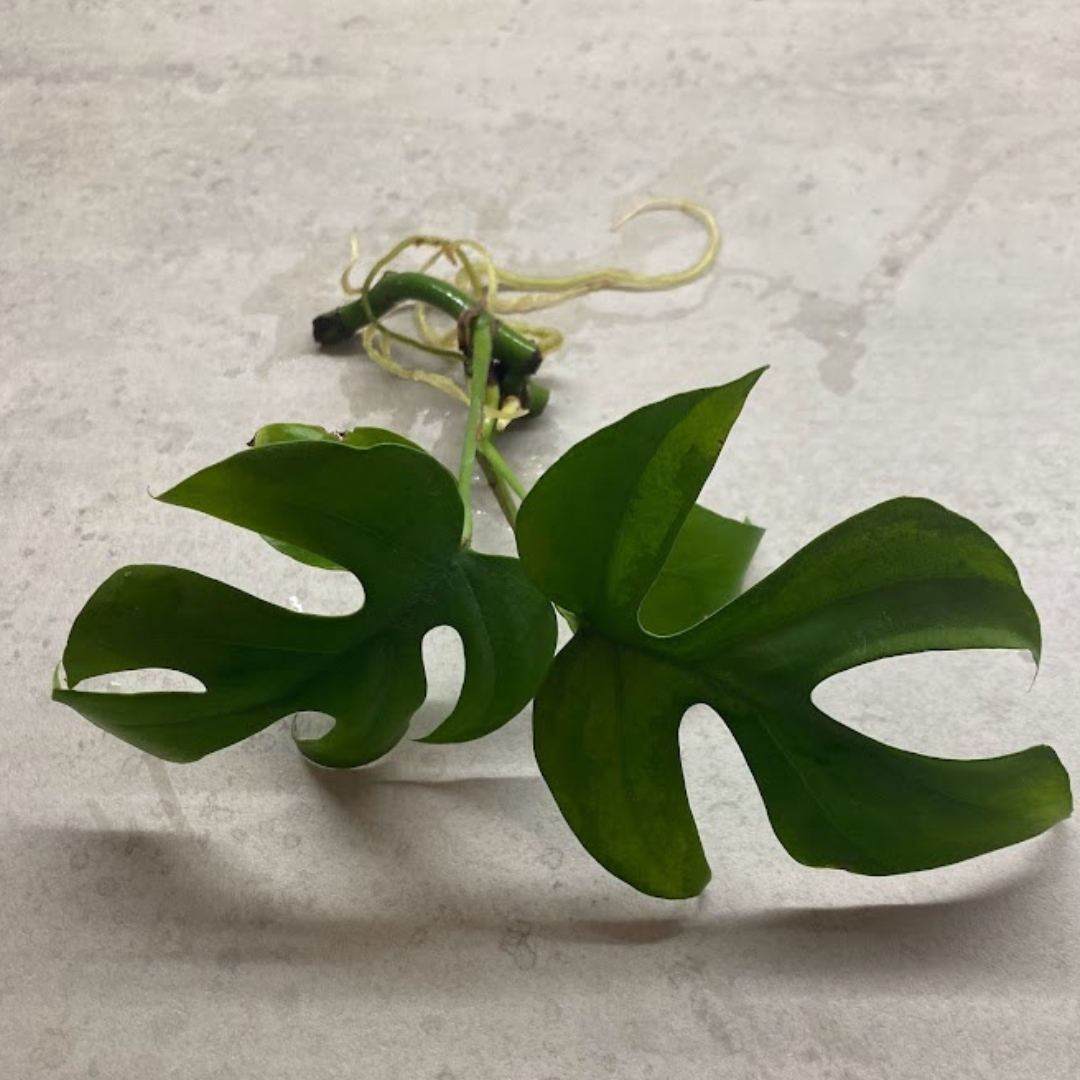
Rhaphidophora Tetrasperma Care
Welcome to our guide to rhaphidophora tetrasperma care and propagation. I have a few of them in my home, and in general they are easy to care for tropical plant from Southern Thailand. They like bright indirect light, well-draining soil, normal household temperatures and a little humidity.
Rhaphidophora Tetrasperma Care Summary
| Light needs: | Lots of bright indirect sunlight, but will be ok in lower light areas of your home ,they don’t like direct sunlight. |
| Watering needs: | Check the soil each week, do not water unless the top 50% is dry. |
| Fertilizer: | Use a general purpose houseplant fertilizer once a month in spring and summer. |
| Soil: | A peat-based, well-draining potting compost. |
| Humidity: | 50% or more. |
| Temperature: | 20°C-30°C (68°F-86°F). |
| Where to buy: | Try our list of Rare Plant Shops. |
| Other names: | Mini monstera plant, the monstera minima, rhaphidophora tetrasperma plant. |
| Common issues: | Root rot from over watering. |
Rhaphidophora Tetrasperma Care Introduction
Welcome to our Rhaphidophora Tetrasperma care guide. Rhaphidophora Tetrasperma aka the mini monstera, aka the monstera minima, is a vine-like fast grower, that is similar looking to monstera, it looks to me like an artist drew a monstera from memory! They are fast becoming a very popular plant. It is a really nice small, climbing tropical houseplant, that grows quickly and are easy to care for as indoor plants in colder climates too. It’s a vining plant from the araceae family, used to warm temperatures, but do well in most homes.
The are totally different plants to the monstera deliciosa, but looks similar and have really similar care instructions. The main difference is the way they grow in one long line of vine and no lots of individual branches and stems.
See also: Rhaphidophora Tetrasperma Propagation, Rhaphidophora Hayi Care.
Tip: we recommend Etsy for buying plants. Look for the best rated seller you can, and try to buy as close to your home as possible so the plant does not travel too far.
A note about affiliate links: when you buy a plant, pots, soil, or other goods through links on this article we sometimes earn a commission. It doesn’t cost you anything, but it really helps us out if you do use them. Thanks a lot! An example of this is if you buy a plant on Etsy using this link. Read our privacy policy for more information. Thanks again.
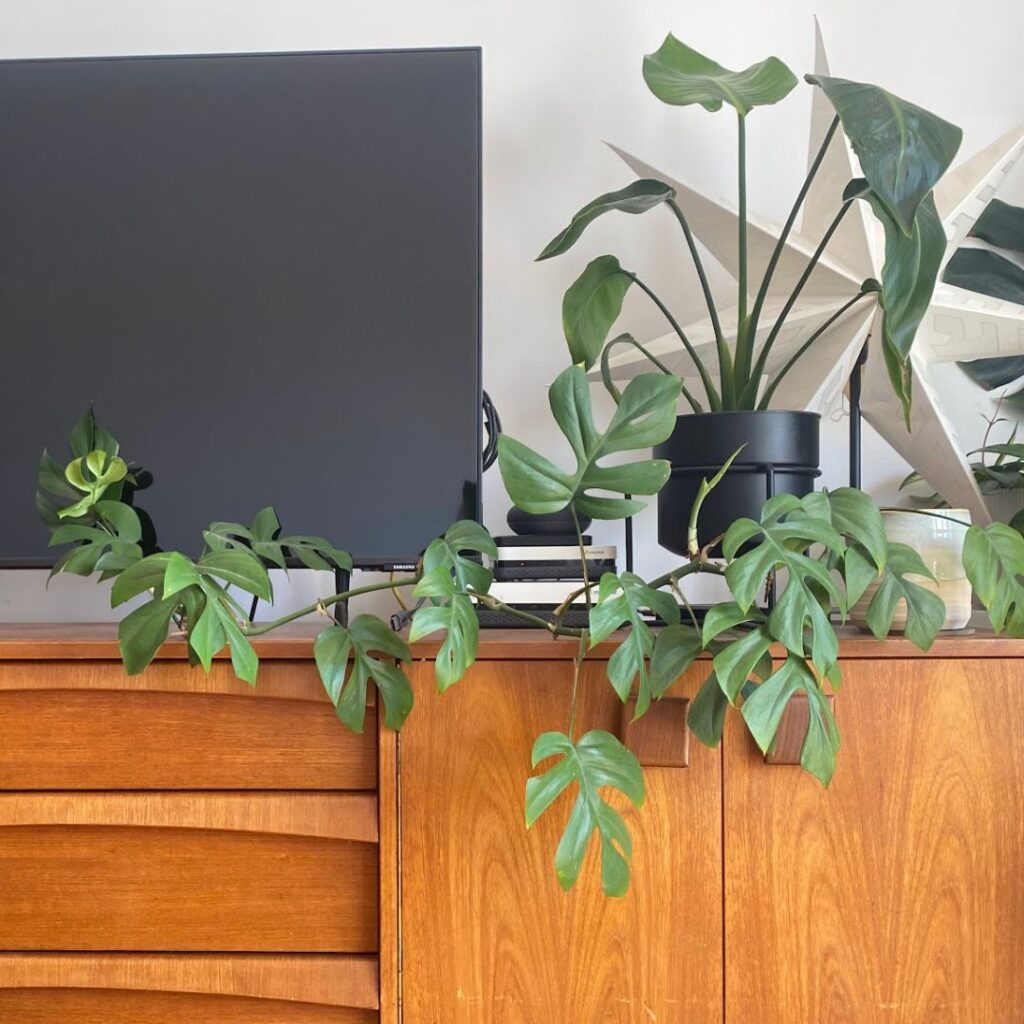
Light Needs
Rhaphidophora tetrasperma like indirect sunlight, but will be ok in lower light areas of your home, but this may make them slightly more leggy or slower growing. You can always have two plants, one in a low light area and one brighter and then swap them at watering time to keep both plants growing well.
How Often to Water A Rhaphidophora Tetrasperma
Let the top layer dry out before watering, but do not let it dry out completely. Test it with your finger. The idea is to keep the plant moist, but do not let it sit in water or it could get root rot. Root rot is one of the biggest killers of this plant, so this is definitely one to be careful of. The best thing to do is to check it once a week and if the top inch or so is still wet then do not water it again.
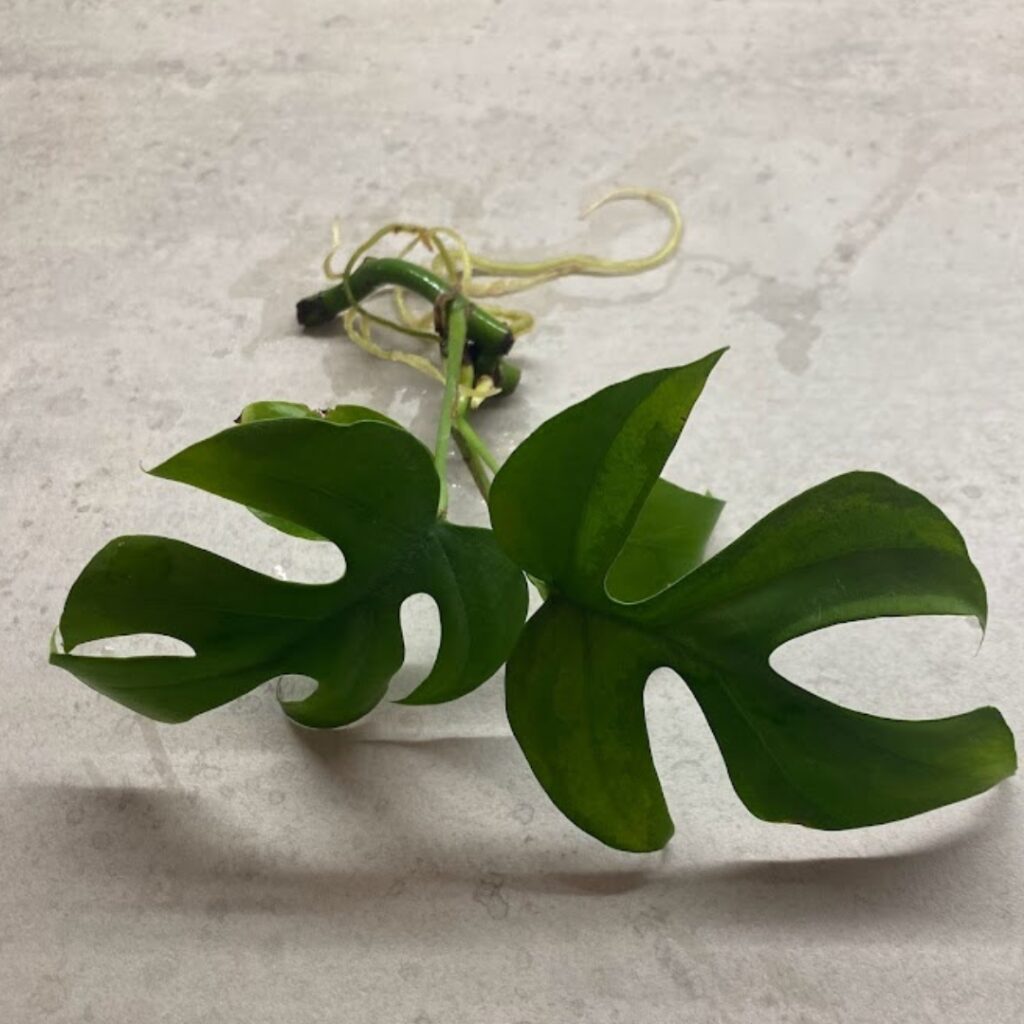
Fertilizer
Use a general purpose houseplant fertilizer once a month in the warmer growing season. Do not feed in winter when the plants grow less.
Soil
These tropical houseplants love a peat-based (or peat moss alternative), well-draining potting compost. You can add some perlite for drainage too, and orchid bark too. It is important that they are well draining so that the roots do not get soggy and suffer from root rot.
For more on soils see our guides here: Monstera Soil.
When To Repot A Rhaphidophora Tetrasperma
Repot your plant in spring, they will need repotting most years as they grow very fast. Mae sure it has a drainage hole and the bottom of the soil cannot sit in water that collects in a saucer or anything like that.
For more on rhaphidophoras see our rhaphidophora category with all our care guides.
Humidity
Rhaphidophora Tetraspermas like humidity, you can mist them regularly or give them a humidity saucer (stand the plant on a saucer of pebbles or lecca, and keep the saucer wet to increase humidity around the plant). I mist mine 3 times a week.
Temperature
20°C-30°C (68°F-86°F) is a good temperature range for a Rhaphidophora Tetrasperma. They will do well in household temperatures, but do not let them get too cold (down to below 12°C-30°C).
Rhaphidophora Tetrasperma USDA Zone
They can grow outside in zones 9-12.
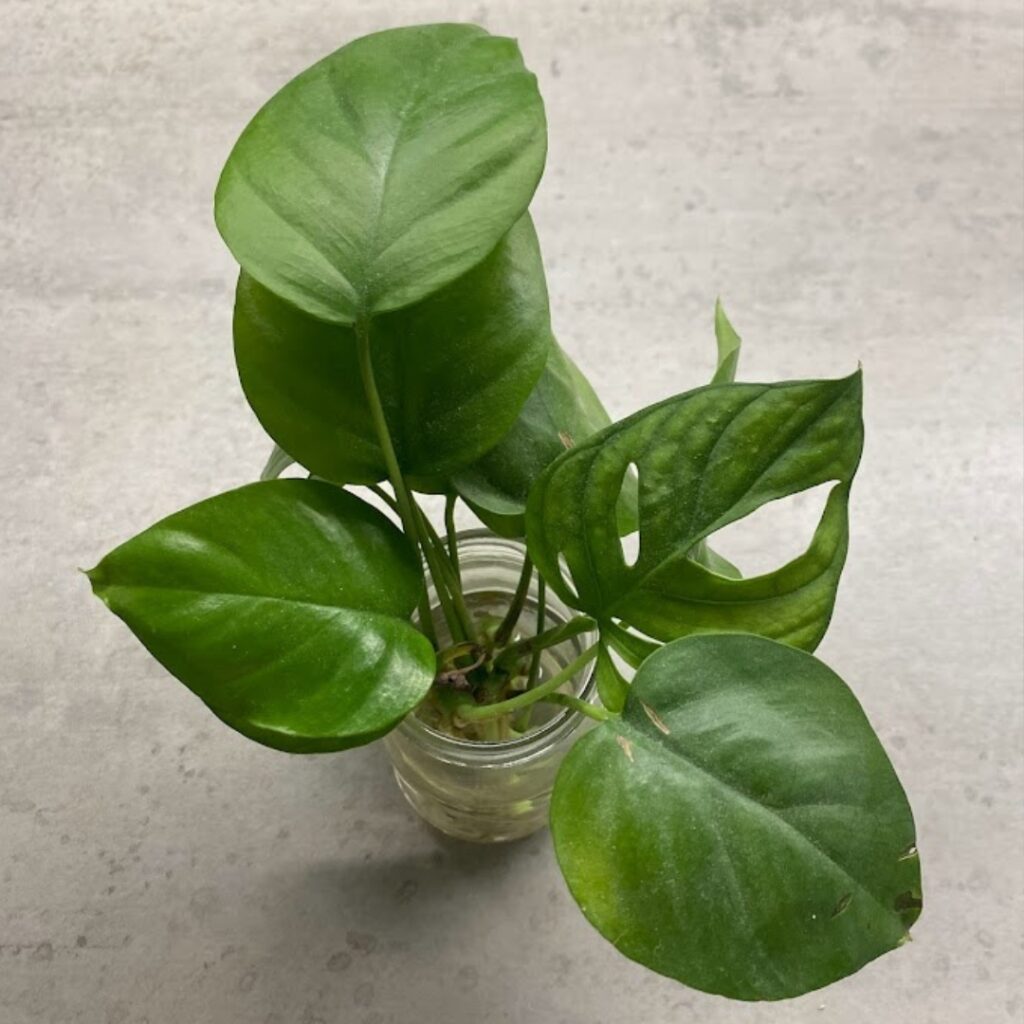
Where To Buy a Rhaphidophora Tetrasperma
They are becoming more and more popular and are starting to come up for sale in florists and plant shops. Try to support your local plant store if you can. If not you can get these from specialist plant dealers, see our article on Rare Plant Shops.
Other / Common Names for Rhaphidophora Tetrasperma
Mini monstera plant, the monstera minima, rhaphidophora tetrasperma plant.
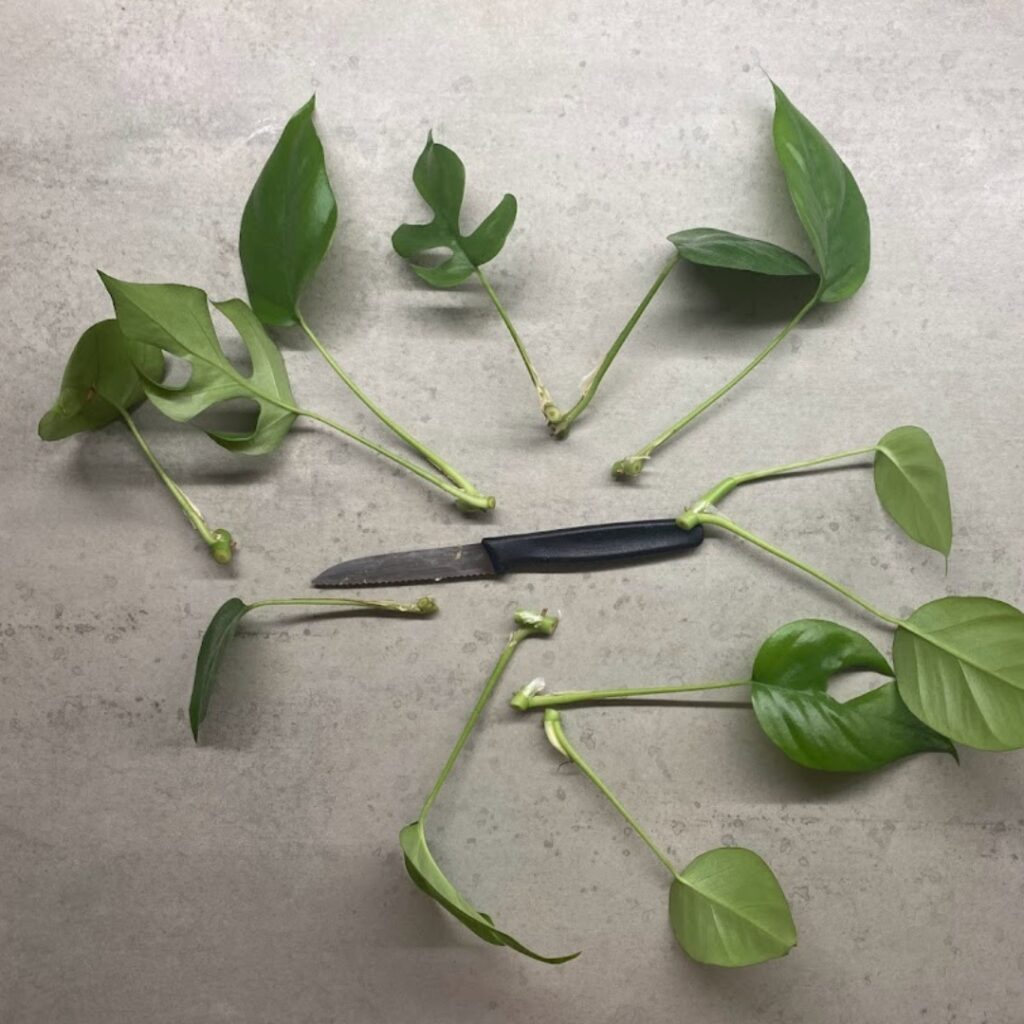
How To Propagate A Rhaphidophora Tetrasperma
Water Propagation
Water propagation is the easiest and cheapest way to propagate rhaphidophora tetrasperma. Follow these steps:
- Step 1: Take a cutting with a node (the wider knuckle from where branches grow) and at least one leaf.
- Step 2: You can then put each cutting in water to root. You should use see-through containers to monitor root growth.
- Step 3: Keep the cutting in bright indirect sunlight close to a window sill so it gets the energy it needs to develop roots.
- Step 4: Roots should be fully grown in a bout 2 months and then you should see new growth from the top of the plant you can pot it up in soil.
Sphagnum Moss Propagation
Sphagnum moss is a great medium to encourage root growth, it can keep nodes moist but also give them access to air which is a winning combination. You need to pre-soak some sphagnum moss, take some node cuttings (with a node and at least one leaf) and put each one into a separate cup with the wet moss in it. Then keep it damp and in a well-lit location until it grows roots (it can take up to 2 months). Then pot it up in soil.
Personally I love sphagnum moss and I find that they root really quickly and strongly, especially under grow lights.
If you cut the plant back to make cuttings it often grows more than one vine from the base, making the plant bushier overall. You can also plant the cuttings back into the main pot too, to make the plant fuller if that is what you’re looking for. It is also really striking looking to just let a single vine grow up the wall.
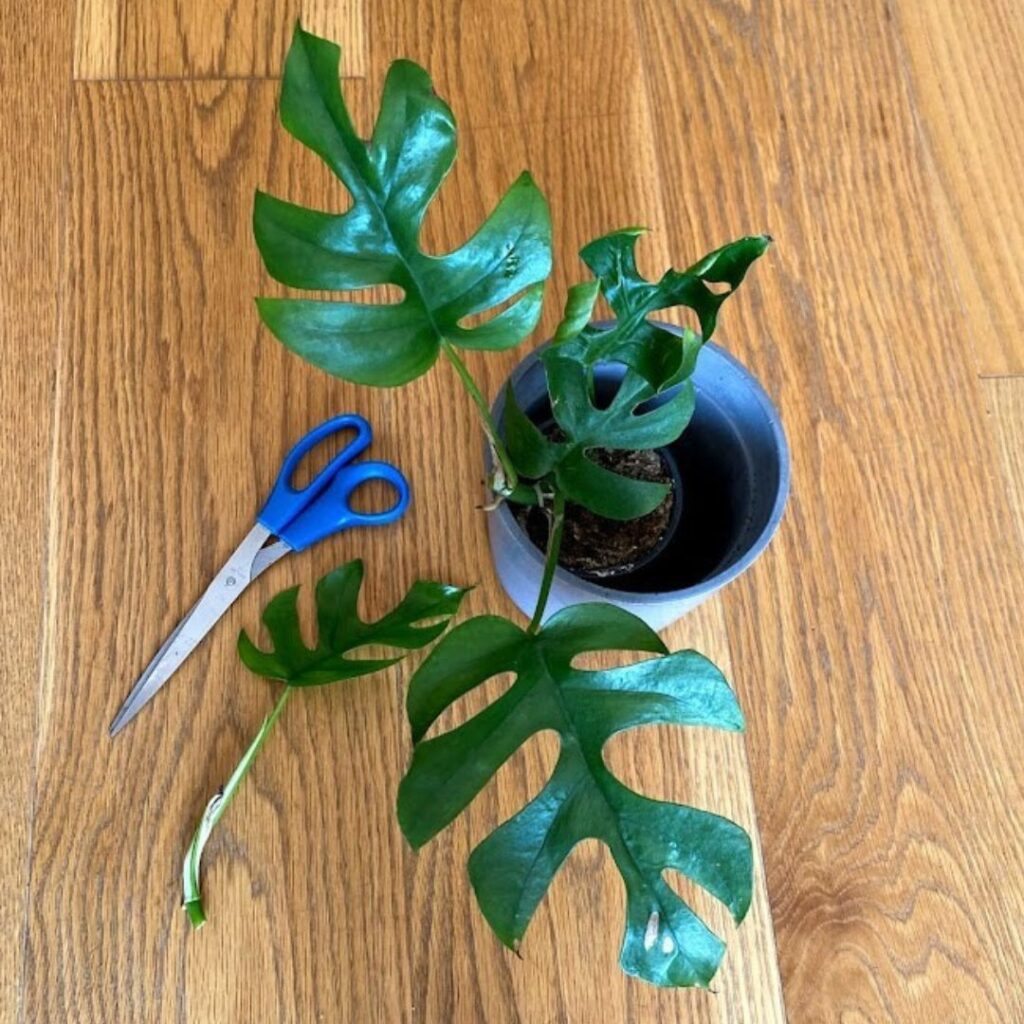
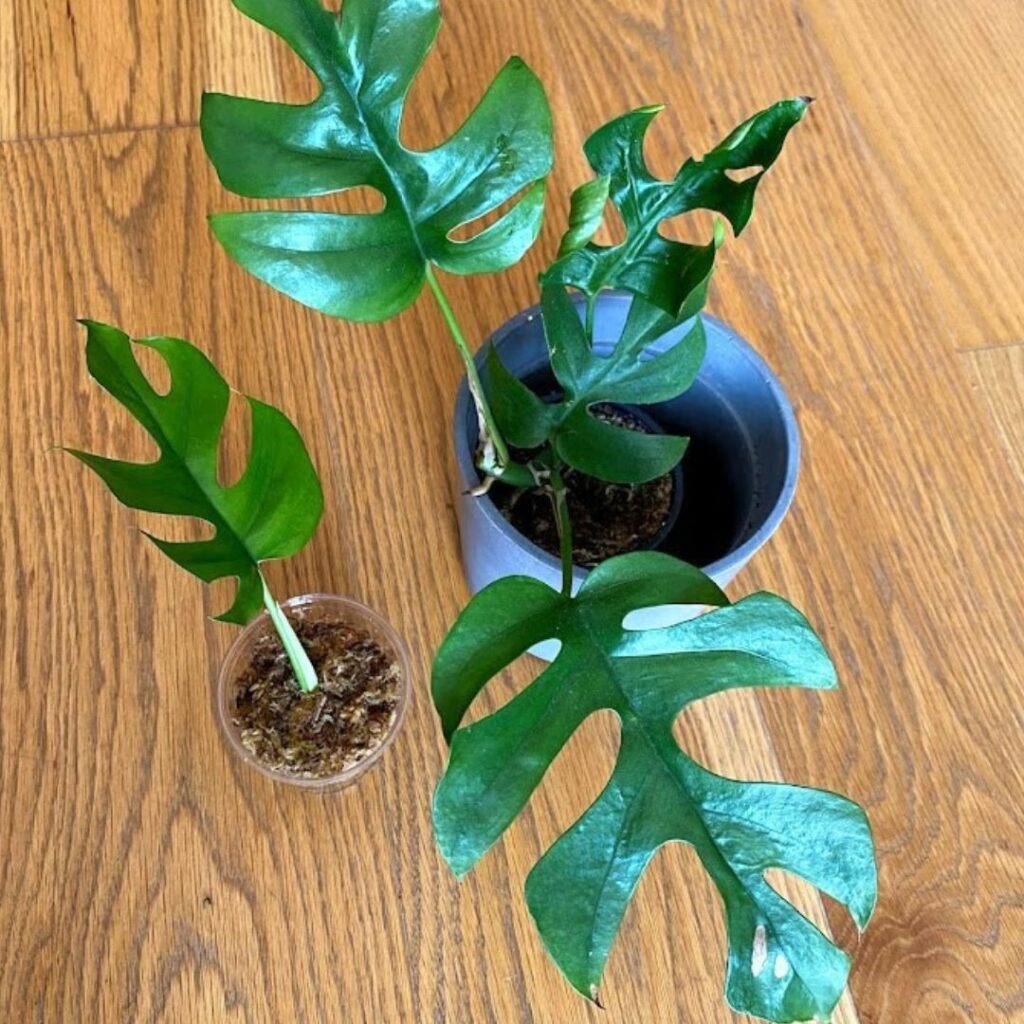
Rhaphidophora Tetrasperma FAQs and Common Problems
Be careful of root rot, it is the biggest killer as the plant needs to be kept moist but hates to stand in water. So make sure the plant is in a well draining and medium and not overwatered, let the top layer dry out fully before watering again. Keep an eye out for spider mites, fungus gnats and other pests each time you water the plant – check the leaves and soil.
Yes you can grow them in water indefintely. Just kep the water topped up. It works best if you start a cutting in water and let it grow out, rather than transitioning a soil plant to water.. See also Rhaphidophora Tetrasperma Propagation.
Mini monstera will grow well in leca. You can use just water, but it will do better if you use a semi-hydroponic fertilizer.
You want to cut below a node, these are the points where leaves and branches grow, which is where the cutting will put out roots from too.
You make it bushier by taking a few cuttings and rooting them in water, then plant them back in with the main plant. If you have any untidy or ‘leggy’ branches, use them for the cuttings.
They are toxic to cat and dogs if eaten. Seek vets advice if you pet consumes it.
The pertusa has fenestrations that are more likely to have a hole in the leaf, where as the tetrasperma does not have holes.
Yellow leaves occur from too much or too little water, check if the soil is damp or dry to see which one it is. You can fix under-watering with good regular watering, but if the plant is over-watered, get it out of the soil, let the roots dry and then repot in dry soil.
The most common reason for drooping is overwatering so check the soil, and let the roots dry out. If it looks really bad, take the plant out of it’s soil and repot in fresh dry soil once dried out.
You can train your rhaphidophora tetrasperma to grow up a trellis, they look much better trained up a pole or the wall than being let to hang down or sprawl. Although they do have some aerial roots and are natural climbers, you may need to use some ties too, to secure it. Velcro strips are good for this as they can be removed and re-used as you like and are less likely to cut in to the plant than twine or wire.
They grow very fast if you care for them well. Some of mine grow over half a meter (20 inches) a year, in their natural habitat it can be much more.
You can train it to a moss pole or even a wall or wooden plank. Use string tied on gently until the aerial roots grow and hold the plant on.
When propagating your plant make sure you take a cutting below a node. The cutting needs the node to root from.
These are two very different plants although they look similar due to the fenestrations (splits on the leaves). The rhaphidophora, although sometimes called a mini monstera, or monstera minima, is not a monstera, and it grows in one long vine (the monstera deliciosa is much bushier in comparison). The deliciosa will grow much bigger leaves too.
They are really easy to care for and do well in most household conditions, just don’t overwater them!
The monstera minima loves to climb, give it a moss pole or trellis.
Rhaphidophora is a separate genus of plant, it is not a monstera (although the Tetrasperma is sometimes sold under the monstera name).
They can live in water, it’s best to take a cutting and root it in water rather than transfer one from soil. Then you can keep it in water ongoing as long as you keep the water topped up.
Once you cut your plant then can start growing again from that growth point. They may also start growing from another growth point.
They do really well if given some trellis or moss pole to grow up.
They are really widespread now and the price has comedown considerably . you can get small plants now for under $10 in North America and under 10 euros in Europe.
Other Articles You Might Like
Hope you found our article on Rhaphidophora Tetrasperma useful, you might also like our other articles Monstera Propagation, Monstera Deliciosa Care, Water Propagation, and Monstera Adansonii.
Please also follow us on Instagram for pictures, and occasional plant giveaways.


